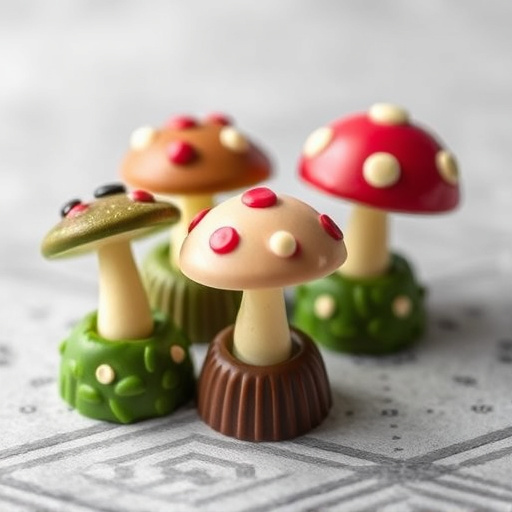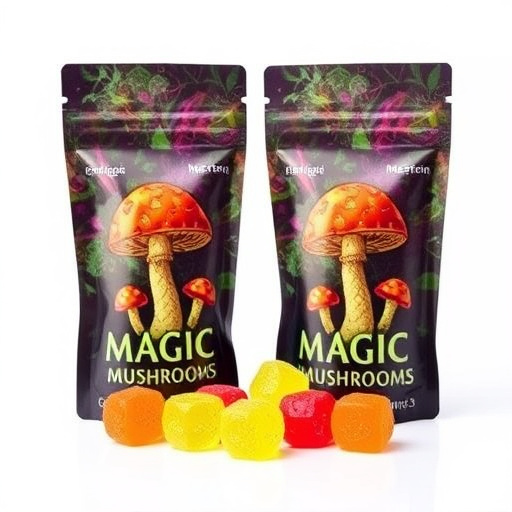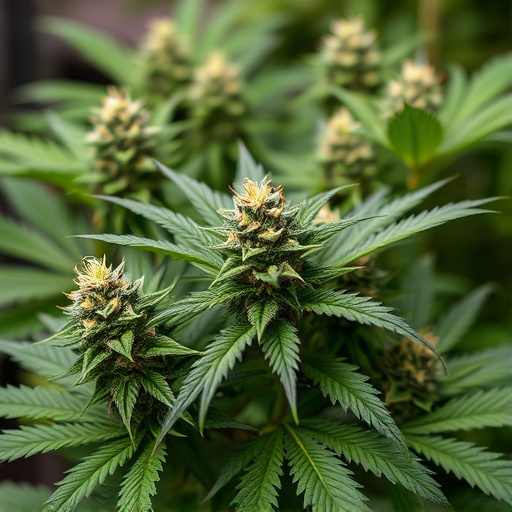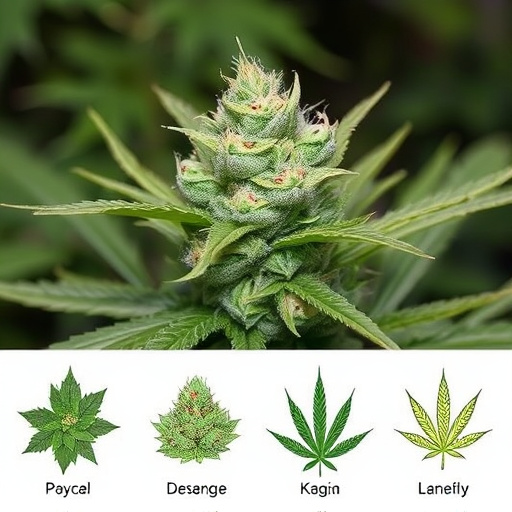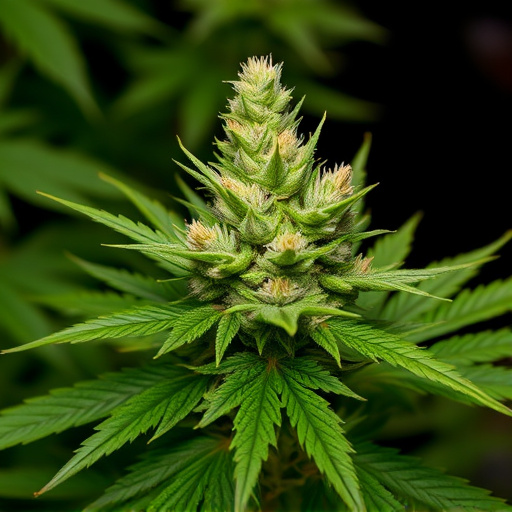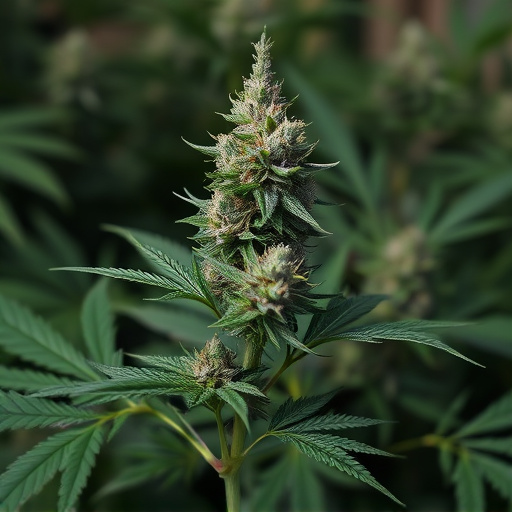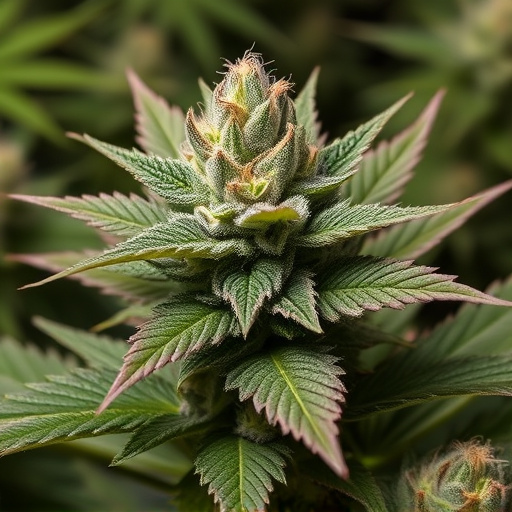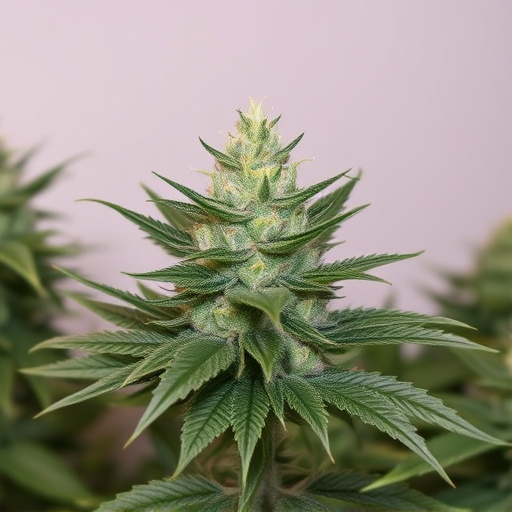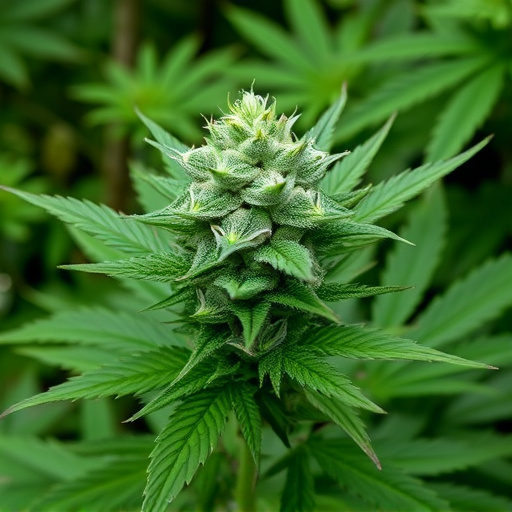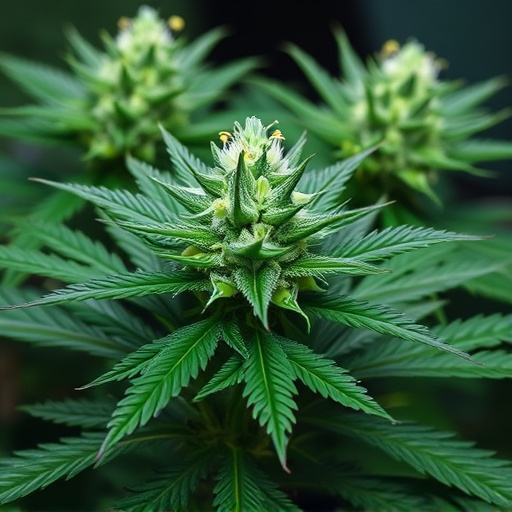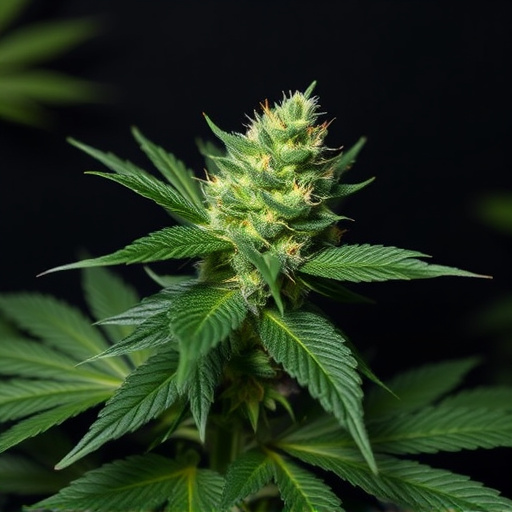Cannabis flower's psychoactive properties stem from its interaction with the brain's CB1 and CB2 receptors, primarily through THC, its key compound. These interactions affect mood, senses, and time perception. Different best strains of cannabis offer varied experiences, from relaxation to creativity and social stimulation, due to unique cannabinoid and terpene profiles. Understanding these effects is vital for both recreational users and medical professionals exploring cannabis's potential benefits and managing side effects. Short-term use may enhance cognitive functions, but long-term use can have negative impacts, especially on young individuals. The method of consumption also influences effects, with research suggesting inhaling smoke versus oral consumption yielding different results.
“Unraveling the Effects of Cannabis Flower: From Psychoactive Properties to Medical Applications
Cannabis flower has garnered significant interest due to its diverse effects on the body and mind. This article delves into the intricate world of cannabis, exploring its psychoactive properties and how it interacts with brain chemistry. We dissect short-term and long-term cognitive impacts, shedding light on both potential risks and benefits. Furthermore, we uncover the medical advantages, including pain management, anxiety relief, and sleep aid.
Learn about the best strains of cannabis, tailored to specific needs, offering a unique journey into the therapeutic potential of this ancient plant.”
- Psychoactive Effects and Brain Chemistry
- – Interaction with the Endocannabinoid System
- – Short-term vs Long-term Effects on Cognitive Function
Psychoactive Effects and Brain Chemistry
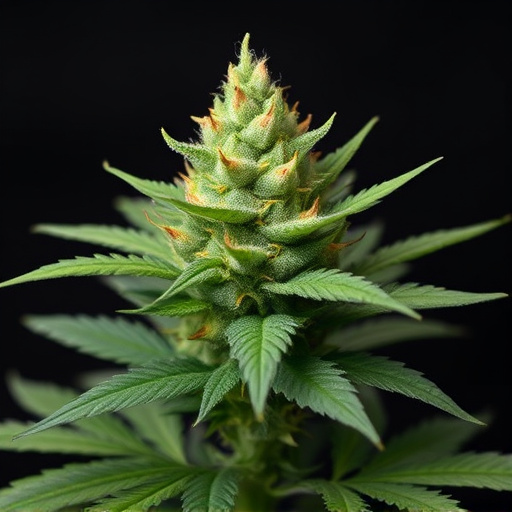
Cannabis flower, known for its psychoactive properties, interacts with the brain’s chemistry to produce a range of effects. When consumed, specific compounds called cannabinoids bind to receptors in the brain, primarily CB1 and CB2 receptors. These receptors play a significant role in regulating mood, memory, perception, and cognitive functions. The best strains of cannabis often contain higher levels of tetrahydrocannabinol (THC), the primary psychoactive compound responsible for the plant’s intoxicating effects. THC mimics the action of natural endocannabinoids produced by our bodies, leading to various sensory, emotional, and cognitive changes.
The interaction between cannabinoids and brain receptors can result in a complex spectrum of effects, including euphoria, heightened senses, increased appetite, relaxation, and altered time perception. Different strains of cannabis, each with its unique cannabinoid profile, offer diverse experiences. Some are renowned for their ability to induce a calm and relaxing state, while others may stimulate creativity or enhance social interactions. Understanding the psychoactive effects and brain chemistry behind these compounds is essential for both recreational users and medical professionals navigating the potential benefits of cannabis.
– Interaction with the Endocannabinoid System
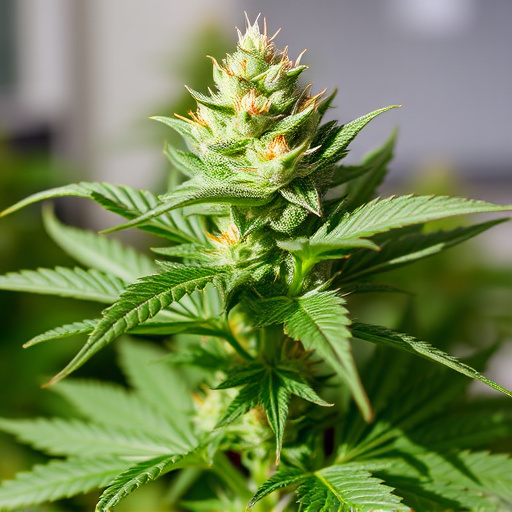
Cannabis flower interacts with our bodies through its impact on the endocannabinoid system (ECS), a complex network of receptors located throughout our brains and bodies. The ECS plays a pivotal role in maintaining homeostasis, or balance, by regulating various physiological processes including mood, memory, appetite, pain sensation, and inflammation. When cannabis is consumed, its primary compounds—terpenes and cannabinoids (such as THC and CBD)—bind to these ECS receptors, triggering a series of responses that can produce a wide range of effects.
Different strains of cannabis, known for their unique terpene profiles, offer varied experiences. For instance, Indica strains often promote relaxation and sleep due to higher levels of myrcene, while Sativa varieties are associated with energy and focus thanks to limonene. Balanced hybrids can provide a combination of these effects, catering to diverse user preferences. By understanding how cannabis interacts with the ECS and exploring the best strains for specific needs, individuals can harness the potential therapeutic benefits while managing potential side effects.
– Short-term vs Long-term Effects on Cognitive Function
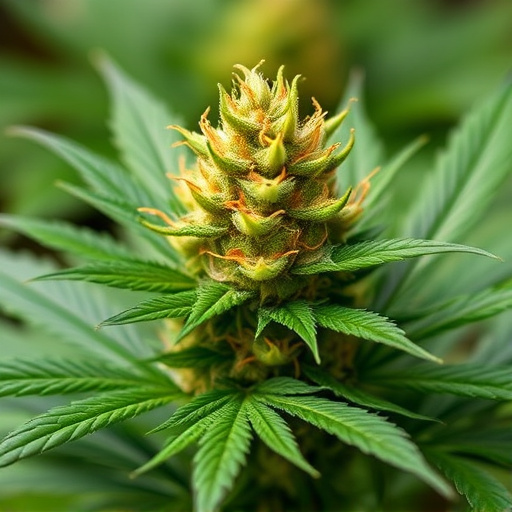
Cannabis flower, or marijuana, has been a subject of interest for its diverse effects on the mind and body. When discussing cognitive function, it’s crucial to differentiate between short-term and long-term impacts. In the short term, users may experience heightened creativity, improved mood, and enhanced memory, especially with the right strains known as best strains of cannabis. These effects can be attributed to the plant’s active compounds interacting with the endocannabinoid system in the brain.
However, long-term use presents a more complex picture. Research suggests that chronic cannabis consumption might impact cognitive abilities, particularly in younger individuals whose brains are still developing. It can lead to potential memory and attention issues. Interestingly, some studies indicate that the method of consumption may play a role; for example, inhaling cannabis smoke could have different effects compared to consuming it orally through edible products or concentrated forms. Understanding these nuances is essential when considering the potential benefits and risks associated with cannabis use.
Cannabis flower’s effects on the body and mind are complex, with both short-term and long-term implications for cognitive function. Understanding how it interacts with our endocannabinoid system is key to harnessing its potential therapeutic benefits. When considering the best strains of cannabis for specific needs, research suggests that different varieties offer unique chemical profiles, catering to diverse user experiences and medical applications. Further studies are needed to unlock the full potential of this multifaceted plant.
